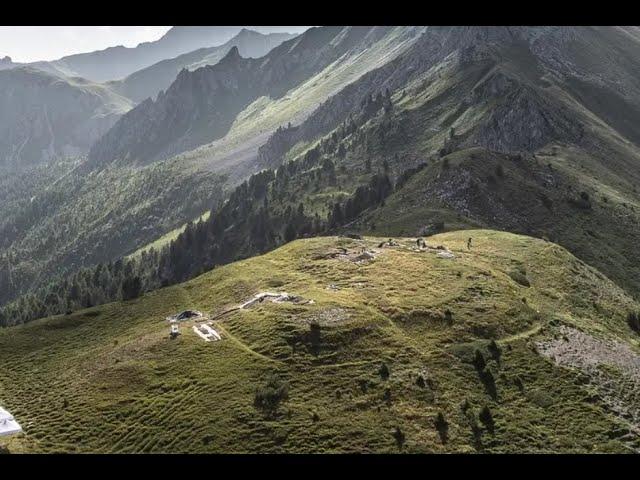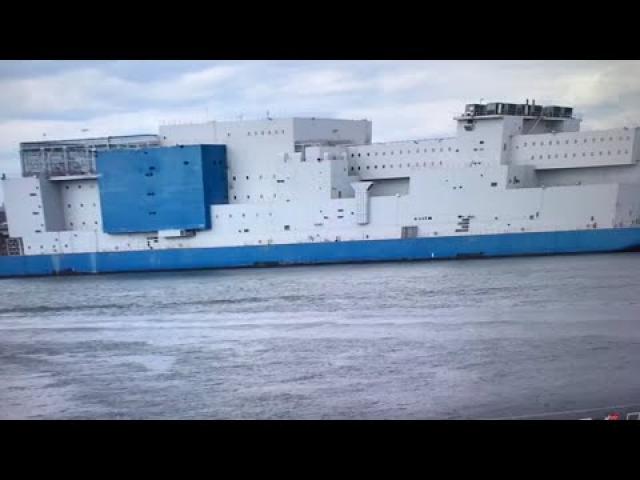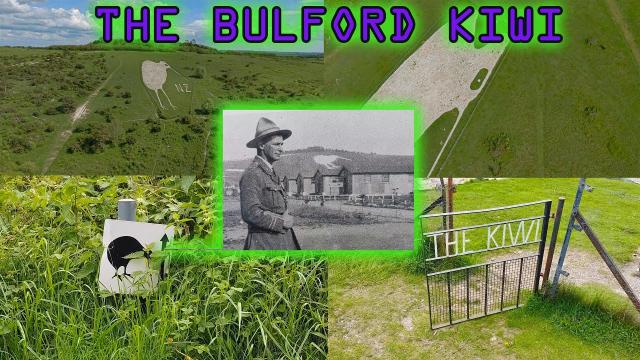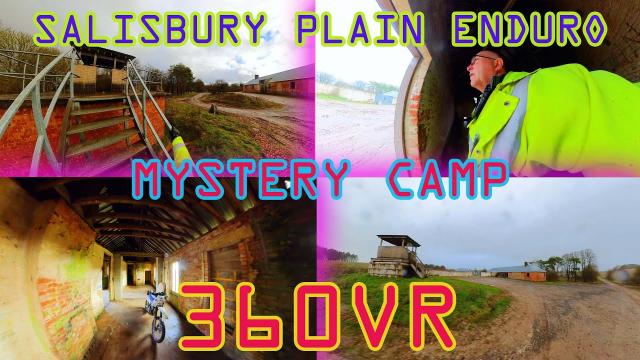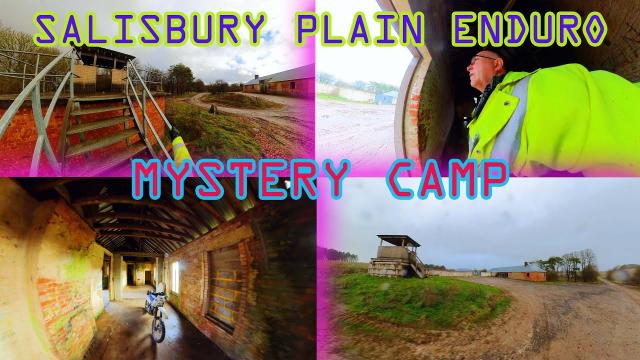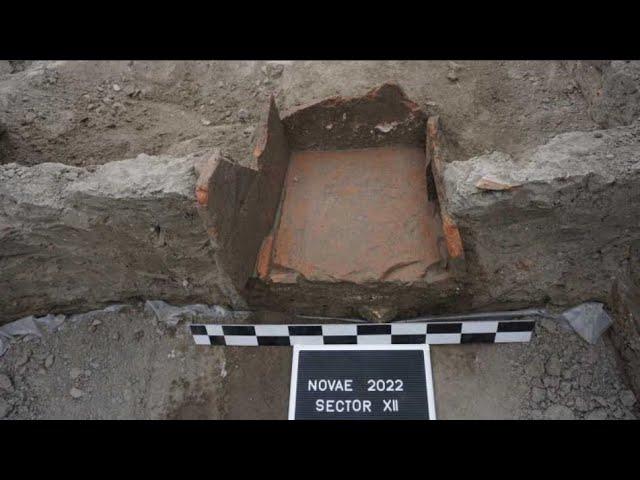Camp 198 PRISONER OF WAR CAMP Bridgend
Description
Island Farm, also called Camp 198, was a prisoner of war camp on the outskirts of the town of Bridgend, South Wales. It hosted a number of Axis prisoners, mainly German, and was the scene of the largest escape attempt by German POWs in Britain during World War II. Near the end of the war it was renamed Special Camp XI and used to detain many senior SS military leaders who were awaiting extradition to the Nuremberg trials.[1][2]Early history of the campIsland Farm Camp was originally built as a hostel for female workers employed at a munitions factory in Bridgend, but conditions at the hostel were so dreary that the women preferred to travel, as much as 30 miles (48 km), from their homes each day.
The camp remained empty until 1943, when it was used to accommodate American troops who would subsequently be involved in the Allied invasion of France.[3]After the invasion the authorities had to find suitable accommodation for large numbers of POWs captured in Europe. The prefabricated concrete huts surrounded by open fields at Island Farm were considered ideal, although the barracks had to be converted and barbed wire fences erected. This work had not been completed by the time the first batch of prisoners arrived, so the prisoners were put to work completing the conversion.[4]Island Farm was designated as Camp 198 and was to hold almost 2,000 prisoners. The first POWs were a mixture of Italian and German troops, but the War Office soon decided that the camp was too comfortable for enlisted men and that German officers should be held there. The first officer prisoners arrived in November 1944.
'The German Great Escape'
Soon after their arrival at Island Farm the POWs began escape efforts, with two tunnels being dug in the camp. The first was discovered in January 1945, but the second escaped detection and on 10 March 1945, 70 prisoners escaped through a tunnel dug from Hut Nine (the only hut now left standing). The tunnel was about 30 feet (9.1 m) long and breached the perimeter fence.Some of the techniques used by the inmates were ingenious and resembled those shown in the (postwar) war film The Great Escape about Allied POWs. Excavating the tunnels was not easy because of the heavy clay soil upon which the camp was built. Cans, meat tins, and even knives from the canteen were used as digging implements. The soil was hauled out of the tunnel on a makeshift skip and put into kit bags. At first, prisoners carried the soil in their pockets to the long-jump pit or garden plots. Others kneaded clay into balls and dropped them through a hole in a false wall they had constructed in an unused room in one of the huts. To support the tunnel roof, oak benches were stolen from the canteen and bed legs were cut down when supplies of wood were depleted. A ventilation pipeline was made from condensed milk tins; air was forced through by a hand-operated fan. The tunnel even had its own electric lights, tapped off the mains supply. Noise was concealed by chorus singing.[5]At around 10pm on March 10, the prisoners made their move; a few stole the local doctor's car and got as far as Birmingham, at least 120 miles (190 km) away, and another group got to the port of Southampton. The prisoners knew their way around through crude but accurate drawings of Wales and the surrounding area, mainly of railway lines and principal roads.In his book, The German Great Escape, Peter Phillips claims that 84 prisoners actually got out,[8] eclipsing the 76 Allied POWs who broke out of Stalag Luft III; the inspiration for the film
The Great Escape.
Fourteen were captured very soon afterwards, allowing officials to announce, for propaganda reasons, that only 70 had escaped. All the escapees were eventually recaptured, although this is also disputed by Phillips, who claims that three escapees spotted in Kent were never caught.After the escapeIsland Farm Camp finally closed in 1948, when the last prisoners were returned to Germany.In 2016, an archaeology investigation was undertaken of the site to look for the escape tunnel, including surface surveying using lidar and geophysics. An intrusive investigation found the tunnel to be in relatively good condition, still containing the wooden support shoring.
My Instagram: https://www.instagram.com/mattswilli/ (no private messages please)
Facebook: https://www.facebook.com/groups/1228424283971624/ (no private messages please)
email me at me@thematthewwilliams.com
EMAIL IS THE NUMBER 1 WAY TO GET HOLD OF ME!!!
Also present on this explore were
Exploring with Gav - https://www.youtube.com/c/exploringwithgav
Equipment used:
DJI Mavic Zoom DRONE
Sony A7s ii with Samyang 14mm full frame lens
Dji Pocket 2 camera
Insta 360x R
Adobe Premiere Pro 2020
Ryzen 5950X
65GB Ram
Windows 10 (No Apple shiz here)
Nvidia RTX 3950 GFX
#Abandonedplaces #Abandonedplacesuk #urbexuk #undergroundbunker #urbexexploration #urbex_europe_ #urbextreme #urbexphotography #DerelictBuildings #frozenintime #timecapsule

